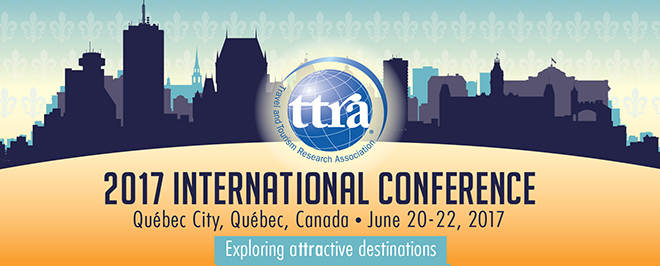Abstract (150 Words)
Most studies that investigate tourists' choices of destinations apply the concept of mental destination representations, also referred to as destination image. The present study investigates tourists’ destination choice processes by conceptualizing how different components of destination image are mentally processed in tourists' minds. Specifically, the seminal dual processing approach is applied to the destination image literature. By doing this, we argue that some components of mental destination representations are processed systematically while others serve as inputs for heuristics that individuals apply to inform their decision making. Understanding how individuals make use of their mental destination representations and how they color their decision-making is essential in order to better explain tourist behavior.
A Dual Process Approach to Understand Tourists’ Destination Choice Processes
Most studies that investigate tourists' choices of destinations apply the concept of mental destination representations, also referred to as destination image. The present study investigates tourists’ destination choice processes by conceptualizing how different components of destination image are mentally processed in tourists' minds. Specifically, the seminal dual processing approach is applied to the destination image literature. By doing this, we argue that some components of mental destination representations are processed systematically while others serve as inputs for heuristics that individuals apply to inform their decision making. Understanding how individuals make use of their mental destination representations and how they color their decision-making is essential in order to better explain tourist behavior.


